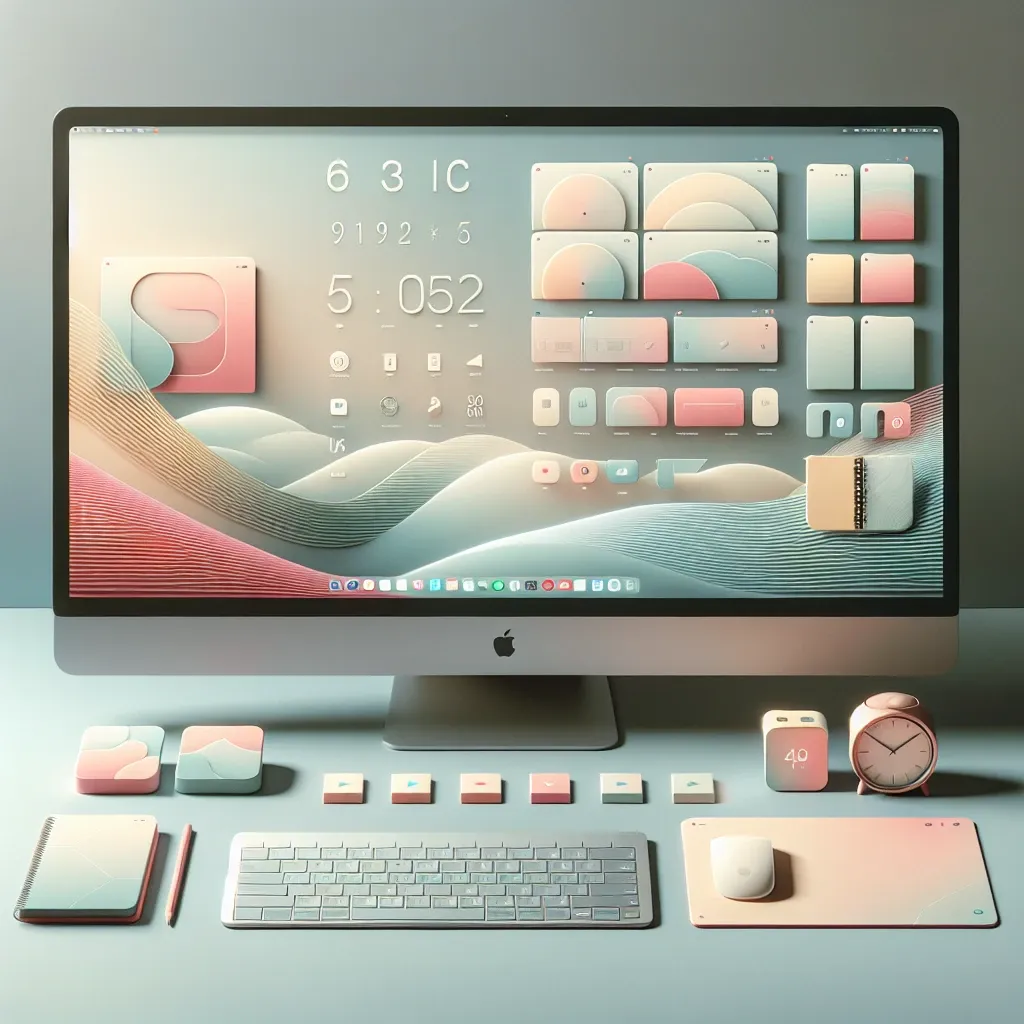Introduction
In our digital age, the desktop is often the command center of our computing experiences. However, a cluttered desktop filled with icons can be overwhelming, distracting, and unproductive. This article will guide you through a variety of efficient strategies to declutter your desktop icons, enhancing both your workspace and your productivity.
Understanding the Importance of a Decluttered Desktop
A cluttered desktop can lead to stress and decreased focus. When you’re surrounded by a disorganized array of icons, it becomes challenging to locate the files or applications you need quickly. Studies have shown that clean workspaces can significantly improve productivity and mental clarity.
Statistics on Desktop Clutter
- According to a study by the University of Minnesota, clutter can reduce your ability to focus on tasks.
- Research indicates that people spend up to 30% of their time searching for information due to clutter.
Step-by-Step Guide to Decluttering Your Desktop
Step 1: Evaluate Your Current Setup
Before diving into decluttering, take a moment to assess your current desktop layout. Identify which icons you use frequently and which ones you can live without. This self-reflection will help you make informed decisions about what to keep and what to discard.
Step 2: Categorize Your Icons
Group similar icons together for better organization. You can create folders based on categories such as:
- Work Documents
- Personal Files
- Media
- Utilities
This categorization allows you to find what you need quickly without scrolling through a sea of icons.
Step 3: Utilize Folders
Instead of letting icons scatter across your desktop, create folders with meaningful names. For instance, you might have a folder labeled “Projects” or “Important Docs.” This not only keeps your desktop tidy but also enables easier access to important files.
Step 4: Delete Unnecessary Icons
Take a bold step and delete icons that you rarely use. If an application or file hasn’t been accessed in months, it might be time to remove it from your desktop. Remember, you can always find it later through the search function.
Step 5: Use Shortcuts Wisely
Instead of placing actual files on your desktop, consider using shortcuts. Shortcuts serve as links to files or applications, reducing clutter while keeping everything accessible. To create a shortcut, right-click on the file and select ‘Create Shortcut.’
Adopting a Minimalist Desktop Approach
Embracing a minimalist approach can profoundly impact your desktop organization. Here are some tips to maintain a clean desktop long-term:
- Limit Icon Count: Aim to keep your desktop icons to a minimum. A good rule of thumb is to have no more than 10-15 visible icons.
- Regular Maintenance: Set aside time weekly to assess your desktop. Remove icons that are no longer needed and reorganize as necessary.
Leveraging Technology to Assist in Decluttering
There are various tools and software that can assist in managing and decluttering your desktop. These tools can automate the organization process and regularly remind you to tidy your workspace. Although this article focuses on manual methods, consider researching these tools for additional support.
Future Trends in Desktop Management
As technology evolves, the way we manage our digital spaces will continue to change. Here are some predictions for the future of desktop organization:
- Increased use of AI and automation to organize files based on user behavior.
- Enhanced virtual desktops that adapt to user preferences and workflows.
Conclusion
Decluttering your desktop icons is more than just a cosmetic change; it can drastically improve your productivity and mental clarity. By following the steps outlined in this article, you will create a more organized and efficient digital workspace. Embrace these strategies today and experience the transformation of your everyday computing experience.
Personal Anecdote
As someone who has battled with desktop clutter for years, I can attest to the benefits of a well-organized desktop. When I implemented these strategies, I found myself more focused and less stressed. The task of finding files became a breeze, and I discovered newfound productivity that helped in both my personal and professional life.

